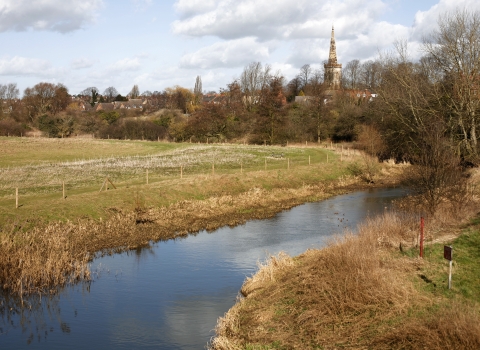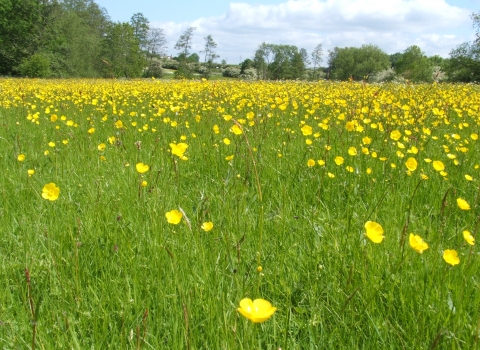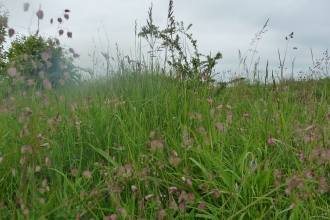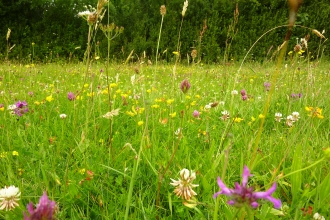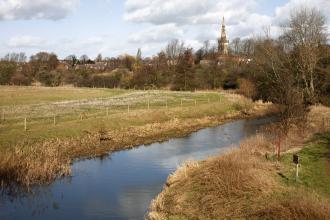From mystical ancient woodlands to quiet churchyards and bustling flower-rich roadsides; the UK enjoys special, often unnoticed, wild places where nature thrives - Local Wildlife Sites (LWS). Also known as County Wildlife Sites (CWS) we have just over 1650 LWS across our three counties. These valuable habitats cover 5% of Northamptonshire, 7% of Bedfordshire and 3.5% of Cambridgeshire – (compared to SSSI coverage of just 1.8%, 1.1% and 2.4% respectively). (All figures as of October 2016)
Crucial but poorly understood and under-valued, these places are havens for some of our rarest habitats and species, yet many are being lost or becoming degraded every year. Unlike Sites of Special Scientific Interest (SSSIs), Local Wildlife Sites are not protected by law and do not benefit from national recognition of their wildlife importance. This makes them vulnerable to neglect, mismanagement and the huge pressure for development across the country.
The Wildlife Trust runs the Local Sites partnership in each of our three counties and we each have a Wildlife Sites Officer who undertakes surveys, provides conservation advice and works with landowners and other partners to ensure LWS get the management they need. In 2015 we surveyed over 90 sites and engaged with a further 60 LWS owners across our 3 counties. 33 sites were brought into positive management through the hard work of landowners with either our, or other partners, input. Examples include sites being entered into environmental stewardships schemes or managed by volunteer work parties. In total 52% of our LWS are now classed as being in positive management, but much work remains to conserve the others.
You can read more about our work in these blogs A Tale of Two Meadows, Wildflower Verges and a Woodland Garden which also highlight the vital role that these sites fill, whilst nationally The Wildlife Trusts have published a new guide which highlights the vital importance of all the LWS across the UK.


